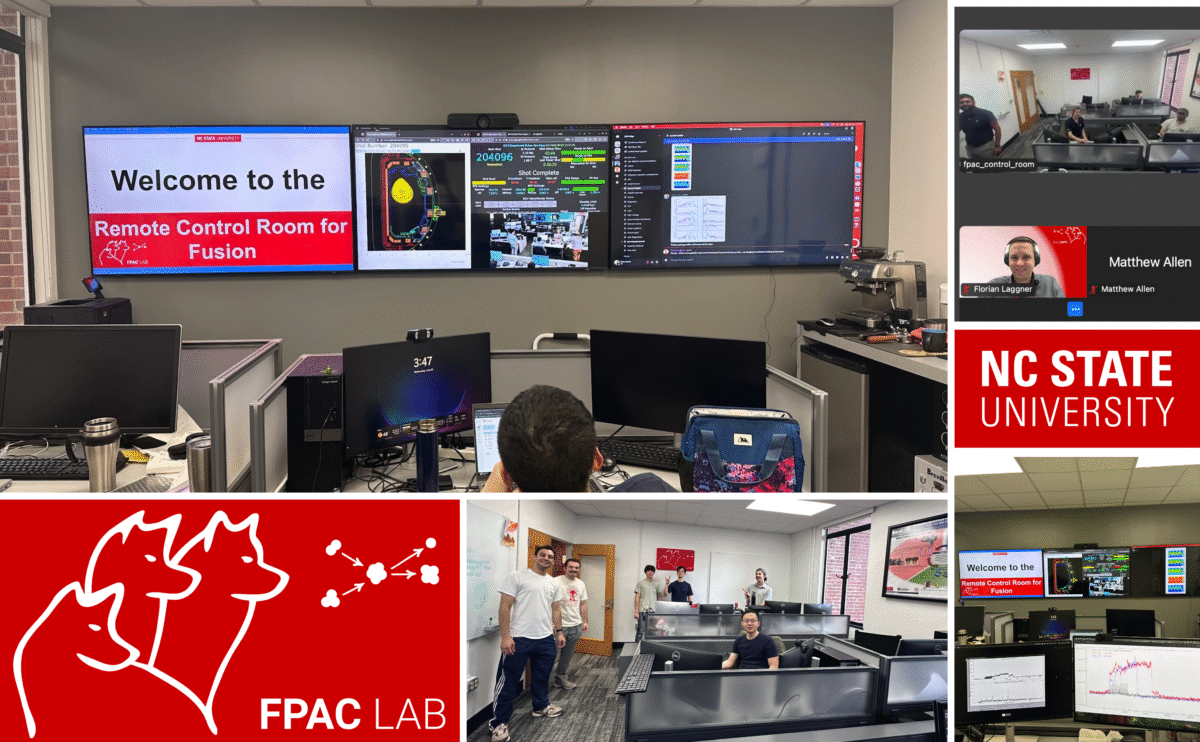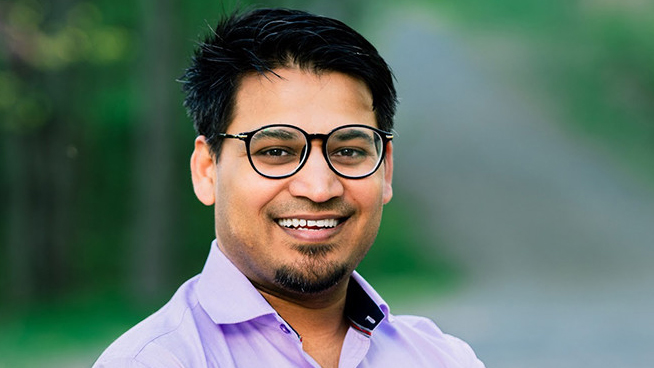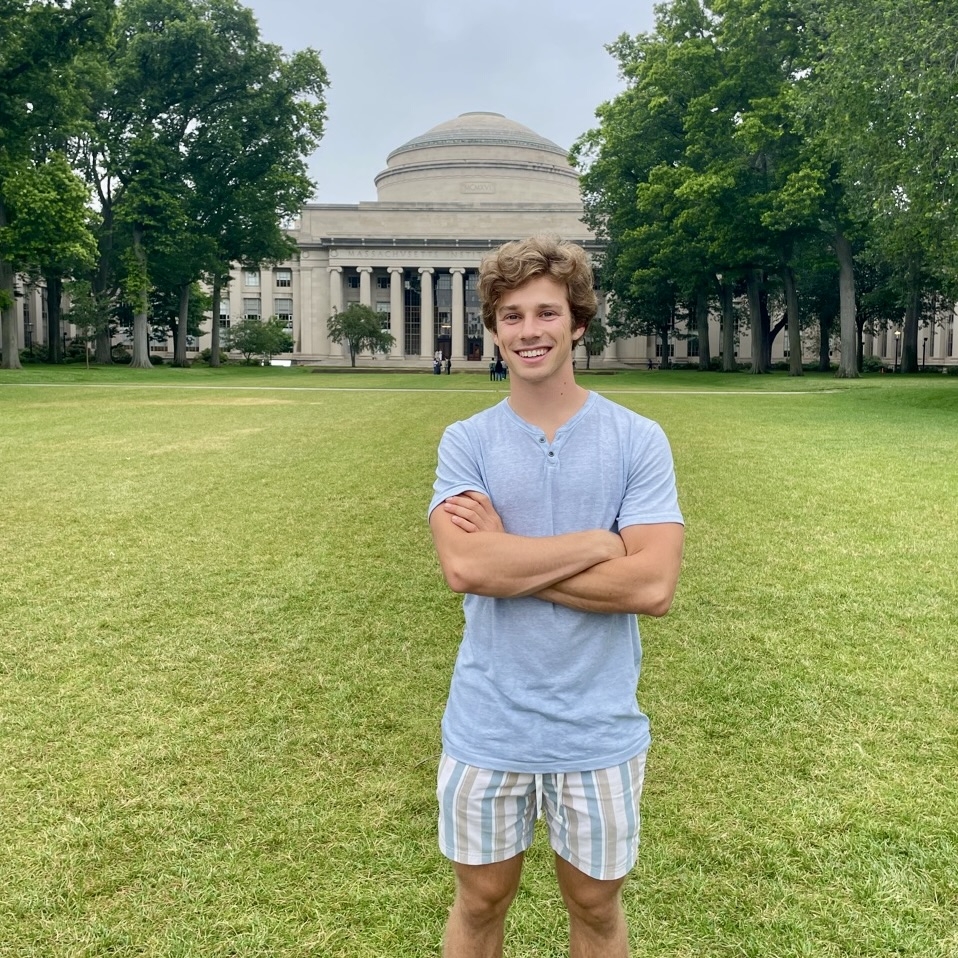NC State students develop research collaborations with students in Africa


As a graduate student at UCLA, Dr. Veronica Augustyn spent two weeks in Ethiopia as part of a National Science Foundation workshop on materials for sustainable energy.
The workshop offered a unique opportunity for U.S. and African students to meet and learn about the latest advances in materials for clean energy. Over the course of the workshop, it became clear that many of the African students in attendance did not have access to the same materials and instruments as their U.S. counterparts. Augustyn, now an assistant professor in the Department of Materials Science and Engineering (MSE), set out to change that.
Augustyn started SciBridge, an outreach project created by the desire to grow the scientific discussion between U.S. and east African scientists around the critical need for sustainable, global, energy development. SciBridge sends kits from the United States to African students, allowing them to conduct their own research experiments on materials for sustainable energy. After students perform the experiment, a U.S. researcher is invited to give a live Web seminar, which is followed by a Q&A and discussion session.
The program is based at NC State and Makerere University in Uganda. Augustyn is the organization’s chairperson and U.S. advisor, and several NC State engineering students serve as volunteers.
“I think having a hands-on and visual demonstration of really interesting science is a great way to engage students. This seemed like a good place to start collaborating with African universities because the students there need access to materials, supplies and instruments,” said Augustyn. “So even starting with an experiment kit would be a way to grow the collaboration into something larger in the future.”
One of these experiment kits involves making dye-sensitized solar cells. Students in Africa are using the kits to screen local fruit dyes in order to lower the cost and improve the efficiency of the solar cells. A recent instrument donation from Ocean Optics will allow students to better quantify their results.
“Because the technology and electronics have come so far, you can do a lot of stuff with very little,” said Chris Boggs, an NC State doctoral candidate in mechanical and aerospace engineering and SciBridge volunteer. “That’s the interesting thing for me, is making these kits that demonstrate these really complex scientific concepts, but on a very fundamental level.”
Materials for the experiment kits are purchased with grants from a variety of organizations, including the Materials Research Society and NC State’s Office for Institutional Equity and Diversity. Students volunteer their time for the project by developing, building and shipping experiment kits. While the supplies in the kits may be common in American laboratories, it is a boon for the universities in Africa to have access to these materials. Developers, though, have to consider a number of usability factors for each experiment kit before shipping them out.
“The big challenge is coming up with experiments because the large part of our costs is shipping the lab kits over to Africa,” said Alexandria Cruz, an MSE graduate student and volunteer. “And some of the challenges are making lab kits light-weight, non-toxic, potentially reusable and making lab kits that are focused around renewable energy.”
More information about the project can be found at www.scibridge.org.
Return to contents or download the Spring/Summer 2016 NC State Engineering magazine (PDF, 3MB).
- Categories:


